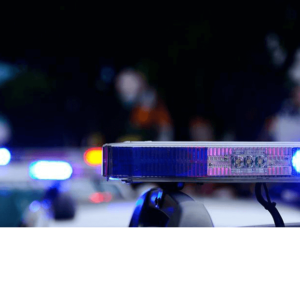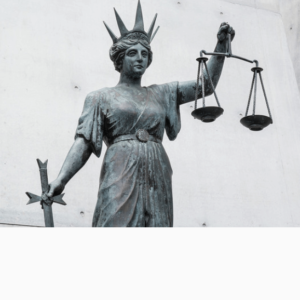- 1.1: Describe how science and technology advancements have taken criminal investigations into new dimensions.
- 1.2: Discuss the importance of the myths and realities of criminal investigations over the last 30 years.
Criminal Investigation
This course reviews the current and historical components of criminal investigation. It will address the legal aspects of criminal investigation, as well as crime scene processing through the study of cases, statutes, and case law. Students will be able to assess types of physical evidence, evaluate crime lab services, and analyze interviewing and interrogation methods. In addition, the course will analyze death investigation, arson, sex-related crimes, crimes against children, crimes against property and persons, white-collar crime, cybercrimes, and organized crime. Upon completion of this course, students will understand the history, processes, and ethics of criminal investigation and its role in criminal cases in court.
Learning Objectives/
- 2.1: Describe the primary facts and circumstances necessary to make a legal arrest.
- 2.2: Analyze the seminal legal guidelines law enforcement must adhere to for searches and seizures.
- 3.1: Assess types of evidence, including documentation and collection methods.
- 3.2: Restate in chronological order pertinent facts to an investigation.
- 3.2: Analyze the importance of locating, interviewing, and documenting all witnesses when following up on an investigation.
- 4.1: Demonstrate the chain of custody and its importance when dealing with evidence.
- 4.2: Evaluate methods of collecting, securing, and analyzing human evidence.
- 4.3: Discuss the importance of quick collection of DNA and the true time constraints of having it tested.
- 5.1: Evaluate the responsibilities of a crime lab and proper evidence packaging.
- 5.2: Assess recent advancements in forensic science and their effect on criminal investigations.
- 6.1: Differentiate between an interrogation and an interview, with an emphasis on preparation.
- 6.2: Discuss the two requirements for application of Miranda warnings.
- 7.1: Analyze the importance of an autopsy and postmortem evidence.
- 7.2: Evaluate evidence from gunshots, lacerations, and blunt force trauma.
- 7.3: Analyze crime scenes for suicides and auto-erotic asphyxiation.
- 8.1: Analyze challenges when investigating rape and sexual assault crimes.
- 8.2: Evaluate the collection of evidence process when investigating sex-related crimes.
- 9.1: Examine the challenges of investigating crimes against children.
- 9.2: Evaluate all facets of abduction and exploitation of children, including child pornography and the sex trade industry.
- 10.1: Differentiate between the elements of robbery, larceny, theft, and burglary.
- 10.2: Distinguish between murder, manslaughter, and aggravated assault.
- 11.1: Assess white collar crime.
- 11.2: Evaluate cybercrime, phishing, and fraud.
- 12.1: Assess common motivations of arson and arson investigation strategies.
- 12.2: Analyze components of explosive crimes and corresponding crime scene investigations.
- 13.1: Analyze drug trafficking crimes, including basic limitations of drug investigations and the use of informants.
- 13.2: Evaluate strategies for investigating gangs and other organized crime groups, including common motivations for joining.
- 13.3: Analyze why hate crimes occur and challenges for predicting acts of terrorism.
- 14.1: Analyze preparation and documentation methods for preparing to testify in court.
- 14.2: Appraise the importance of ethics in criminal justice work.
Be the first to review “Criminal Investigation”
You must be logged in to post a comment.








There are no reviews yet.